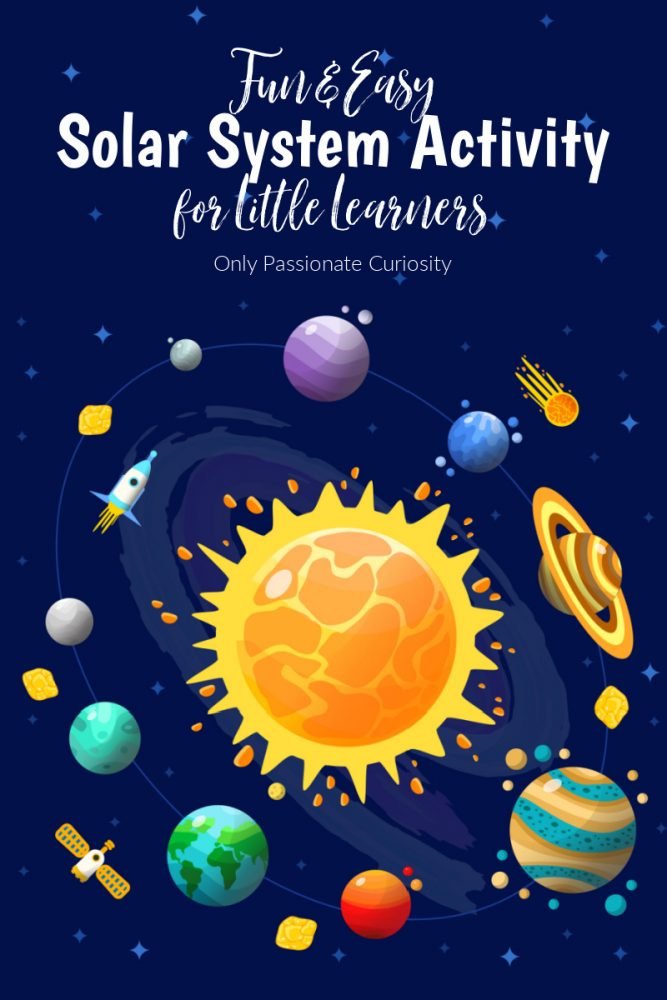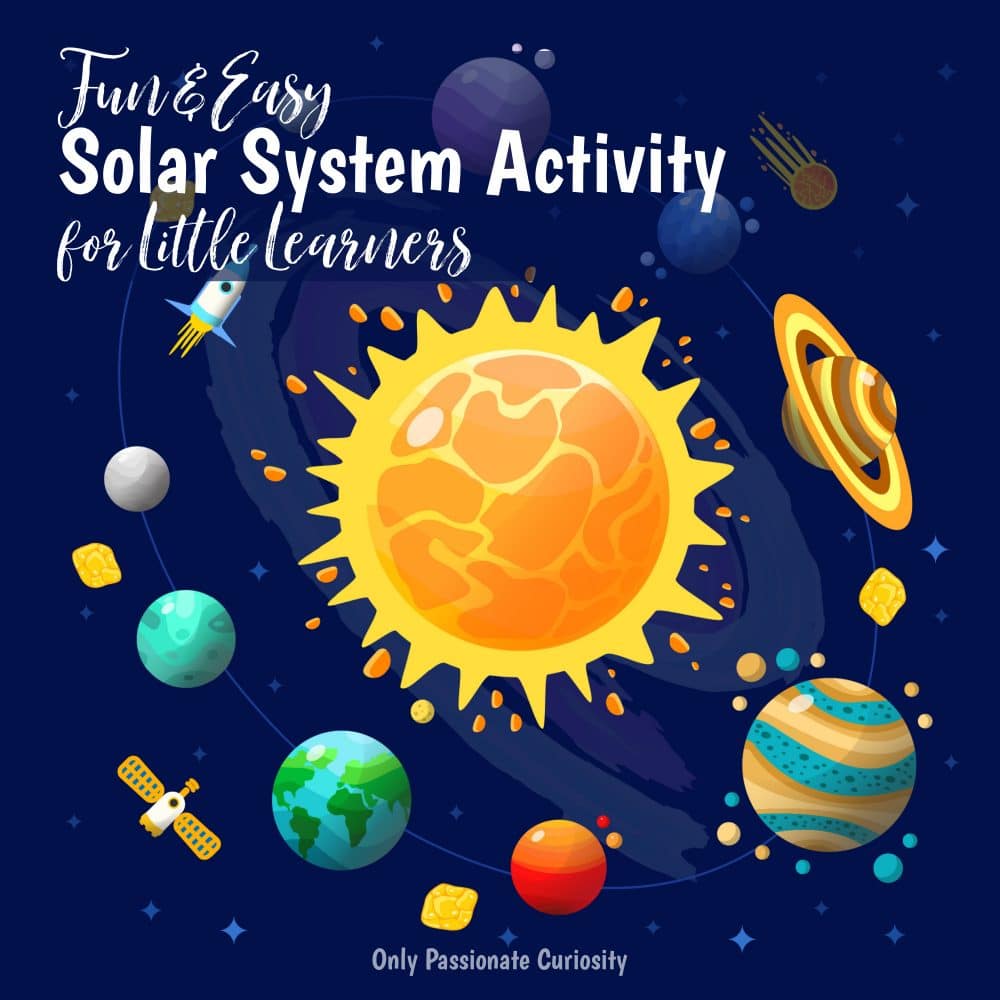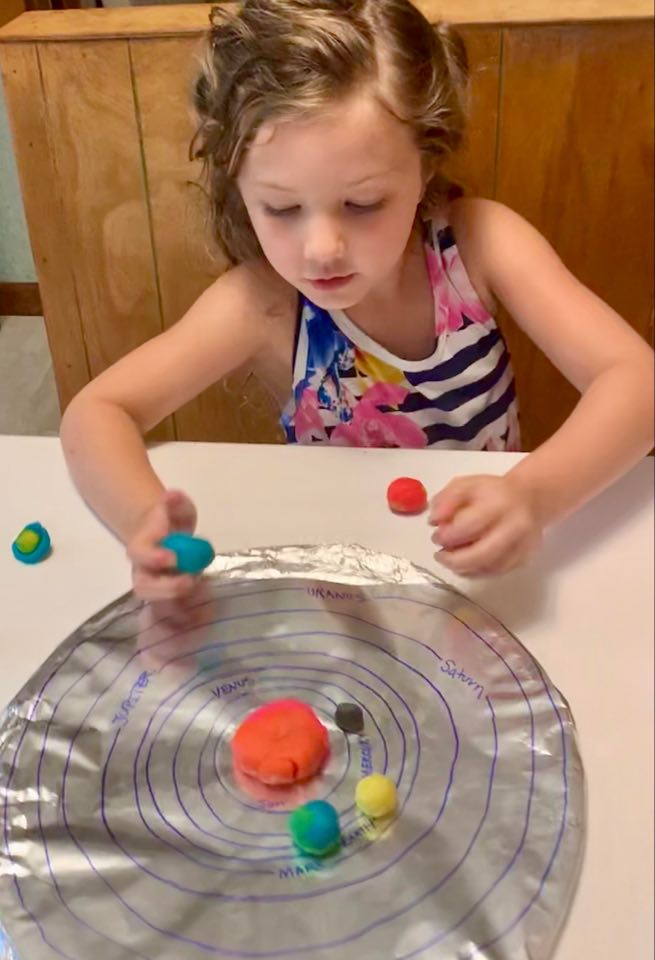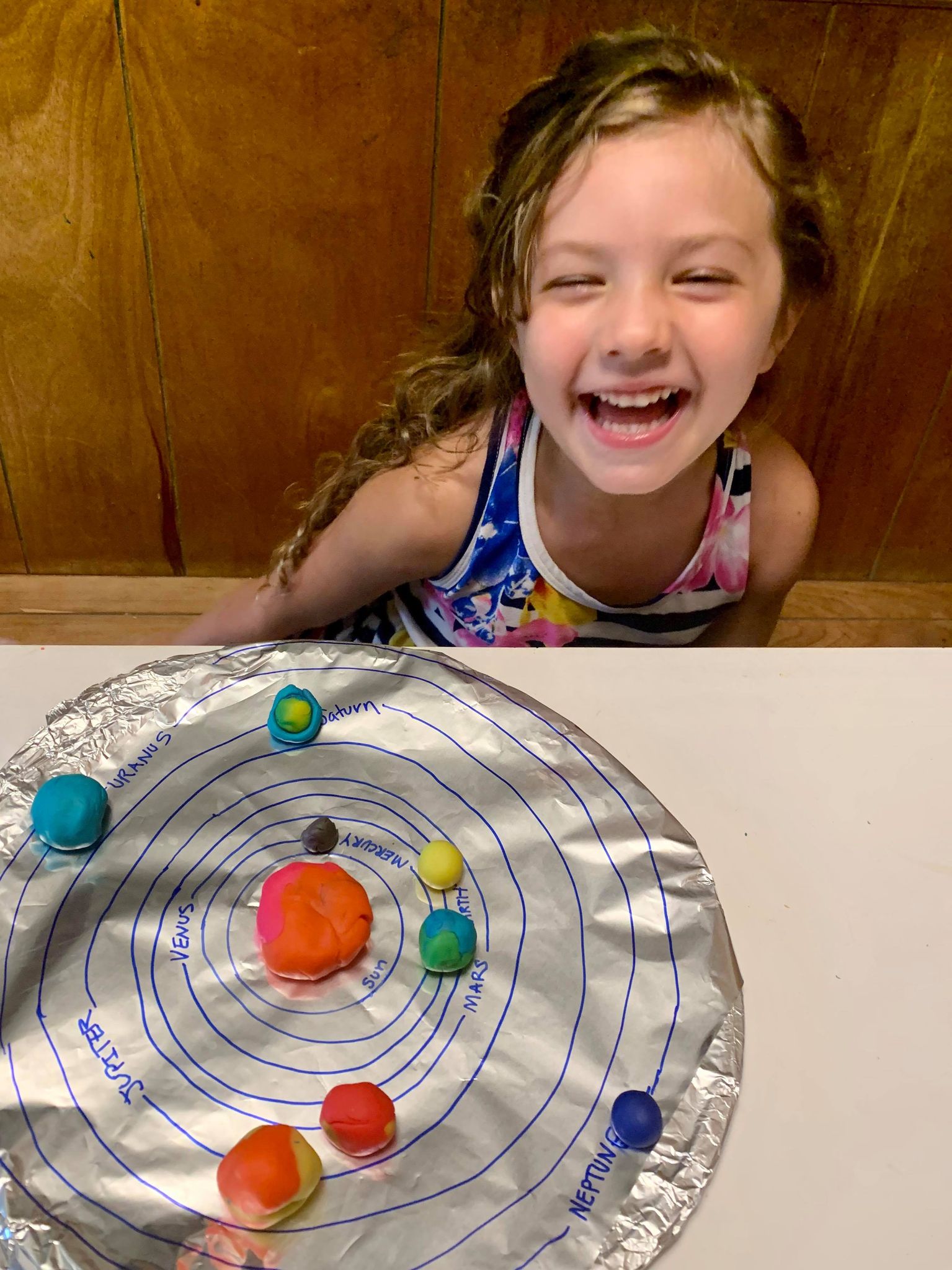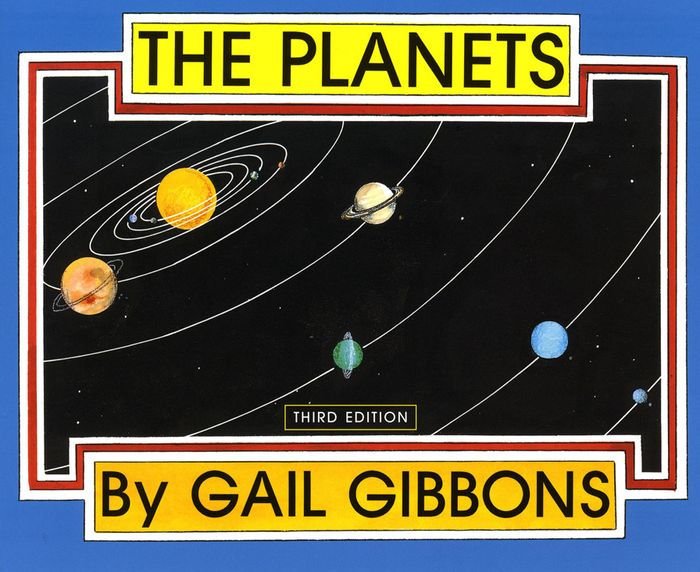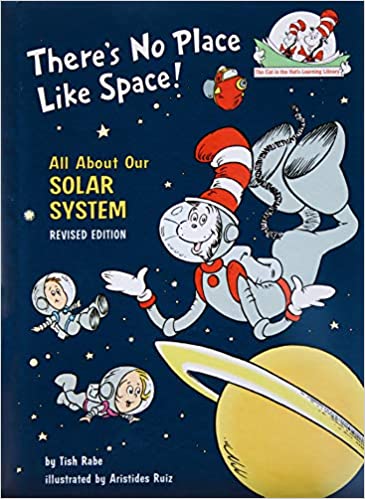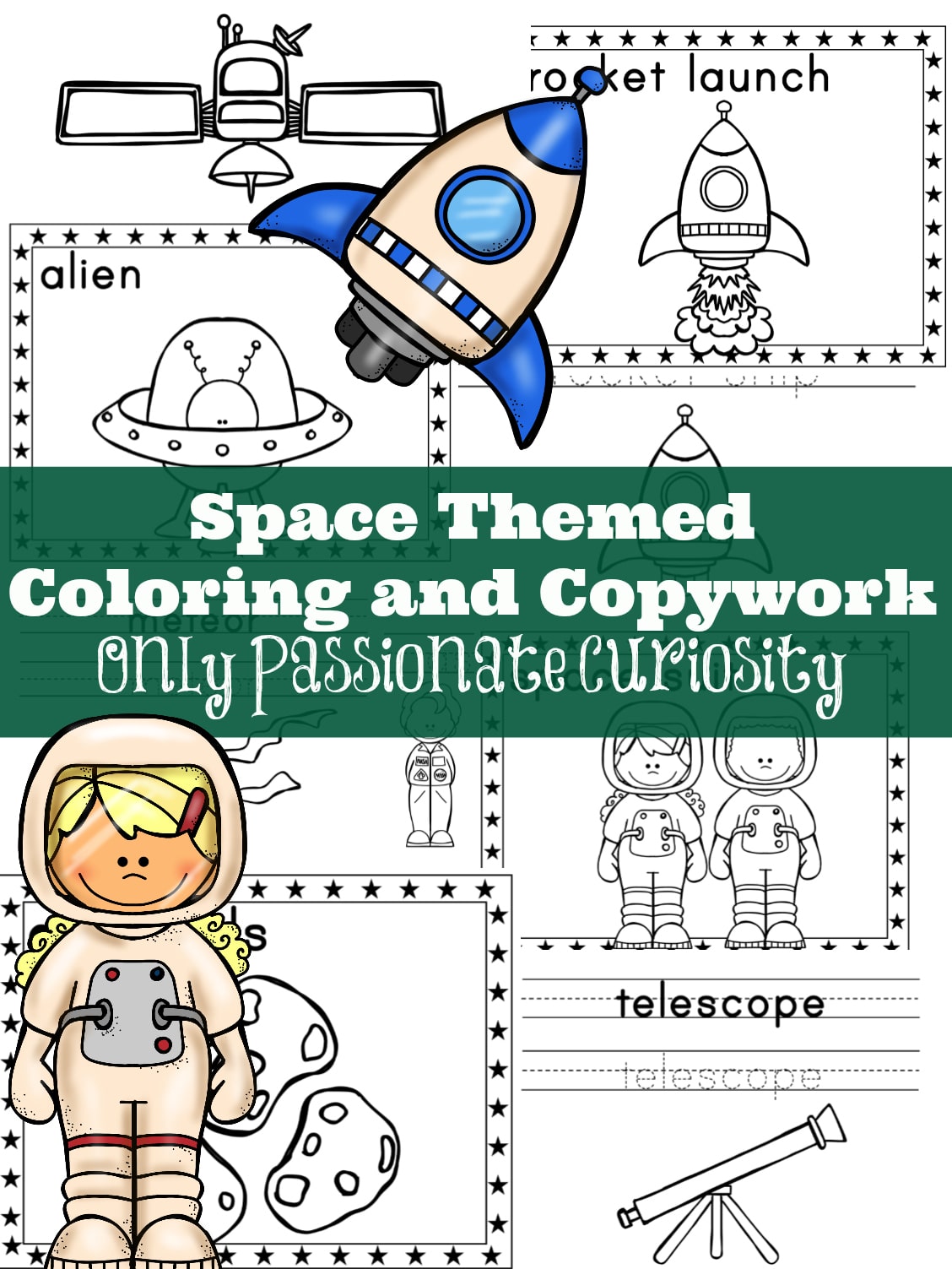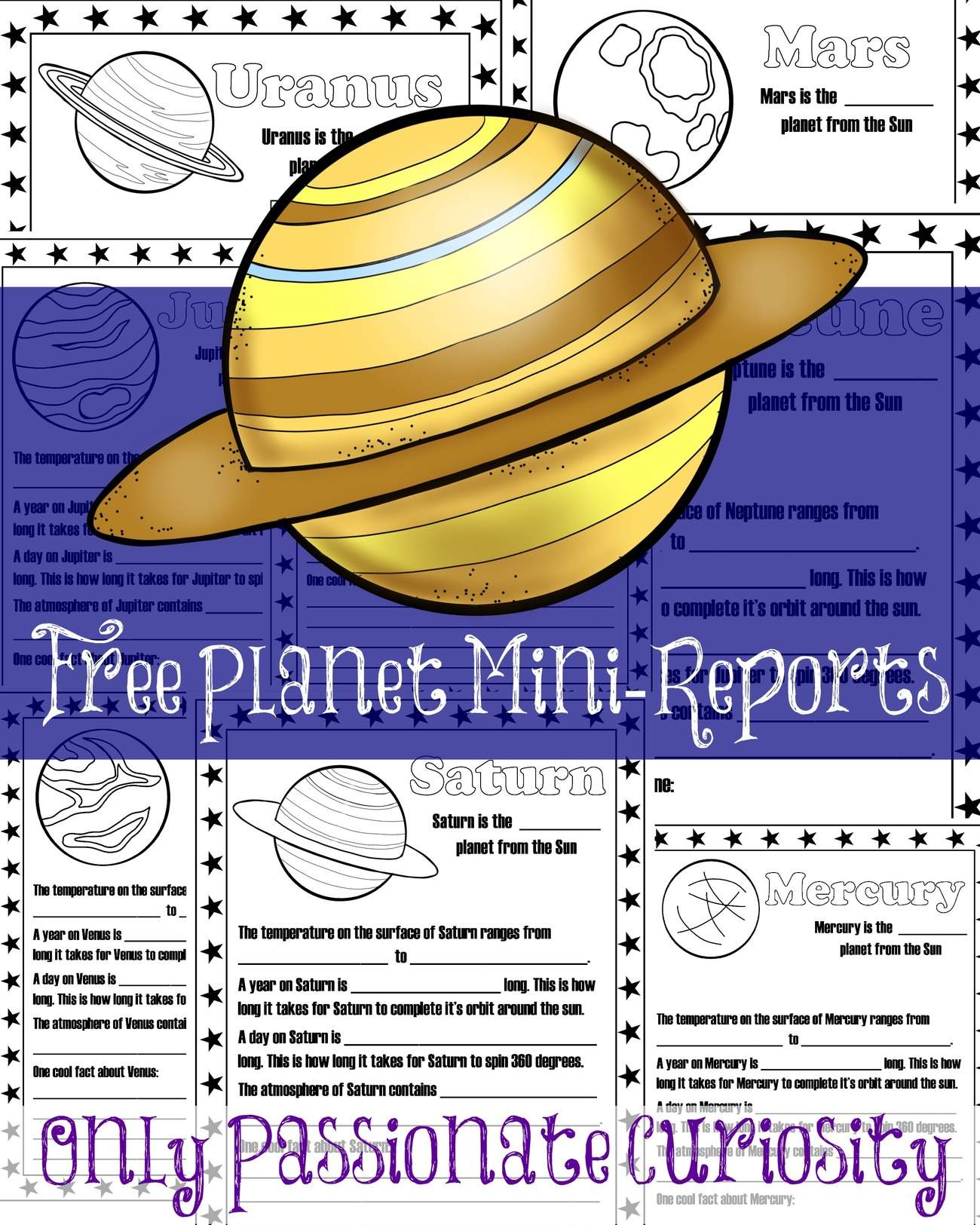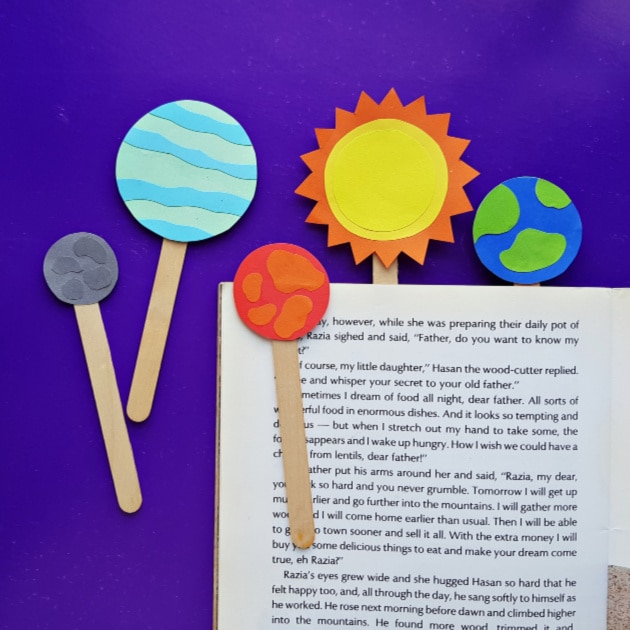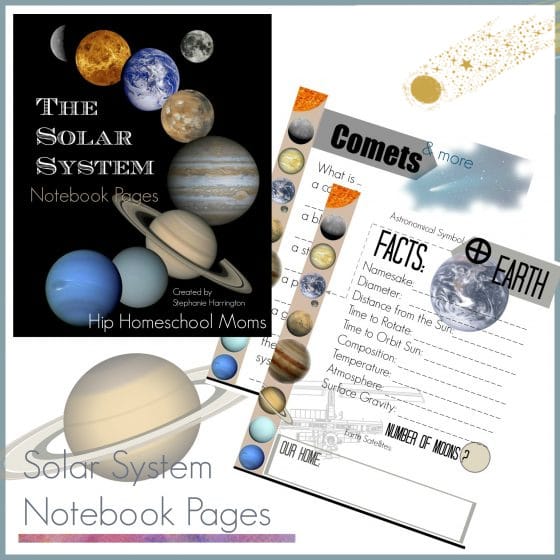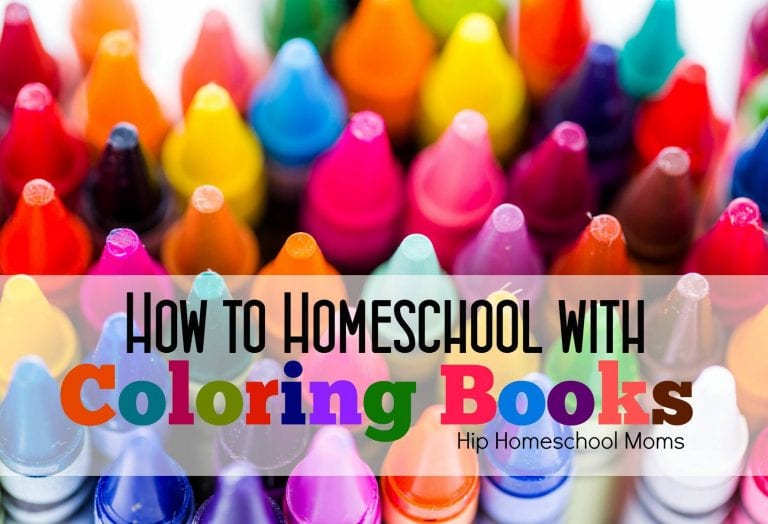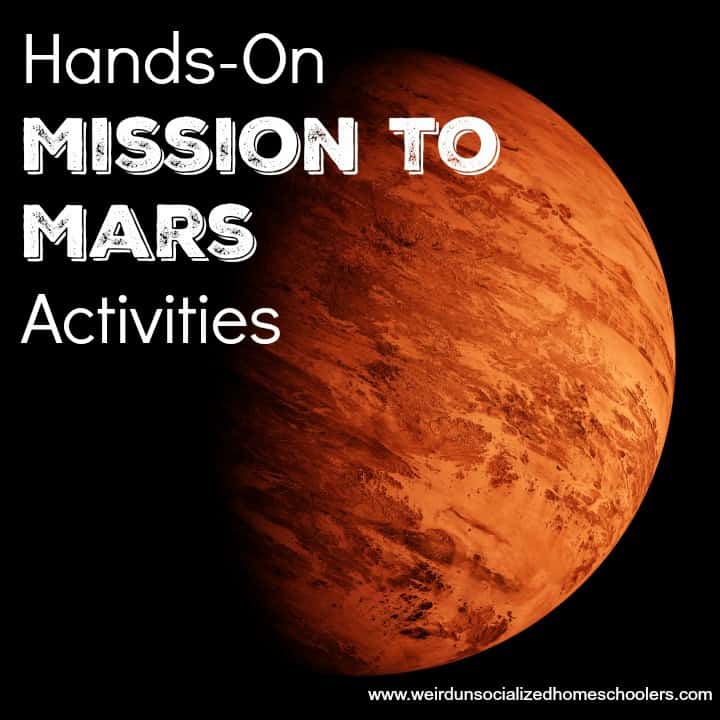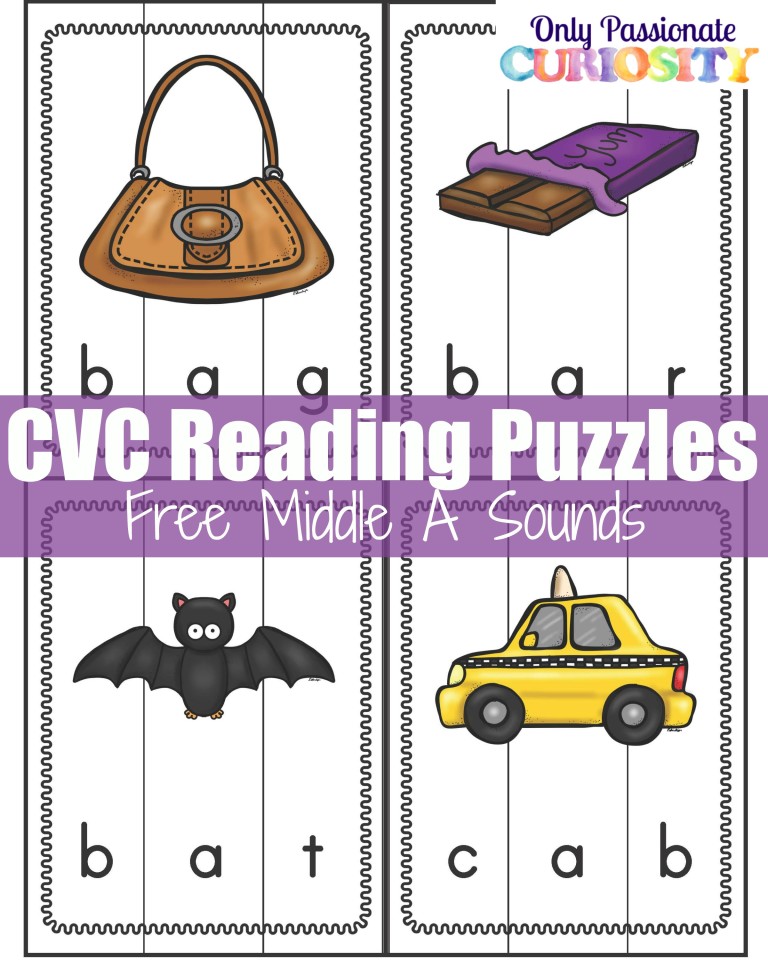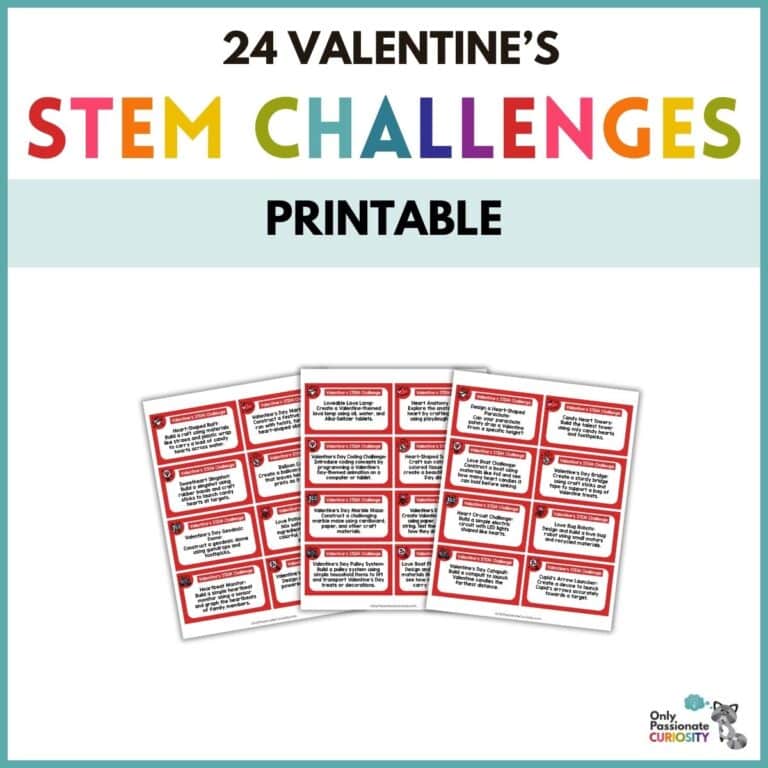A Fun & Easy Solar System Activity for Little Learners!
Young children are naturally fascinated by outer space, so why wait until they’re older to introduce them to our solar system? I recently decided to start doing some space-themed learning with my kindergartner, and I quickly found that she didn’t want to stop learning about it (no complaints here)!
Since she loves doing hands-on activities, as most young kids do, I wanted to come up with a quick, easy activity that she could do to demonstrate the solar system. I also wanted to use items that I had at home (since not spending a lot of money or having to run to the store is always a plus). The result was this super simple, fun activity.
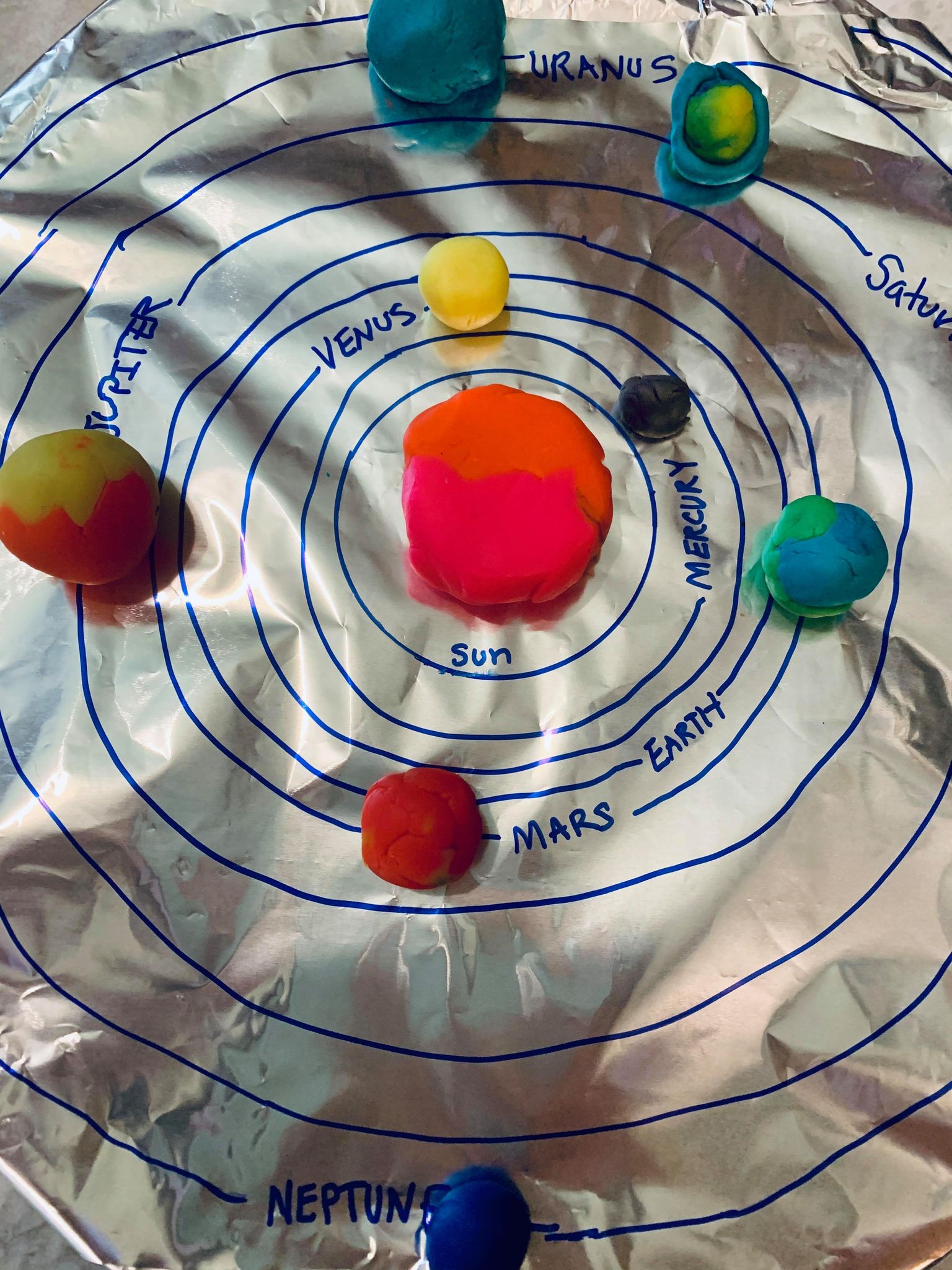
If you have a 4-to-7-year-old, I’m willing to bet you have Play-Doh around, right? In this activity, you and your child will simply roll out Play-Doh planets (in the approximately-correct color and size) and place them on rings around the sun to illustrate the planets’ orders and orbits. Below you’ll find the extremely short supply list for this craft.
What You’ll Need for This Activity
- Play-Doh (Here are all colors at a good price, or you can just work with what you have.)
- aluminum foil, poster board, or a large piece of paper.
- a Sharpie marker
To start with, grab your large piece of aluminum foil or poster board. We chose aluminum foil simply because we liked the silver background for outer space, but you can use whatever you want or have available! Draw a circle in the center, where the sun will go. Next, draw several rings around the circle, creating one ring for each planet’s orbit.
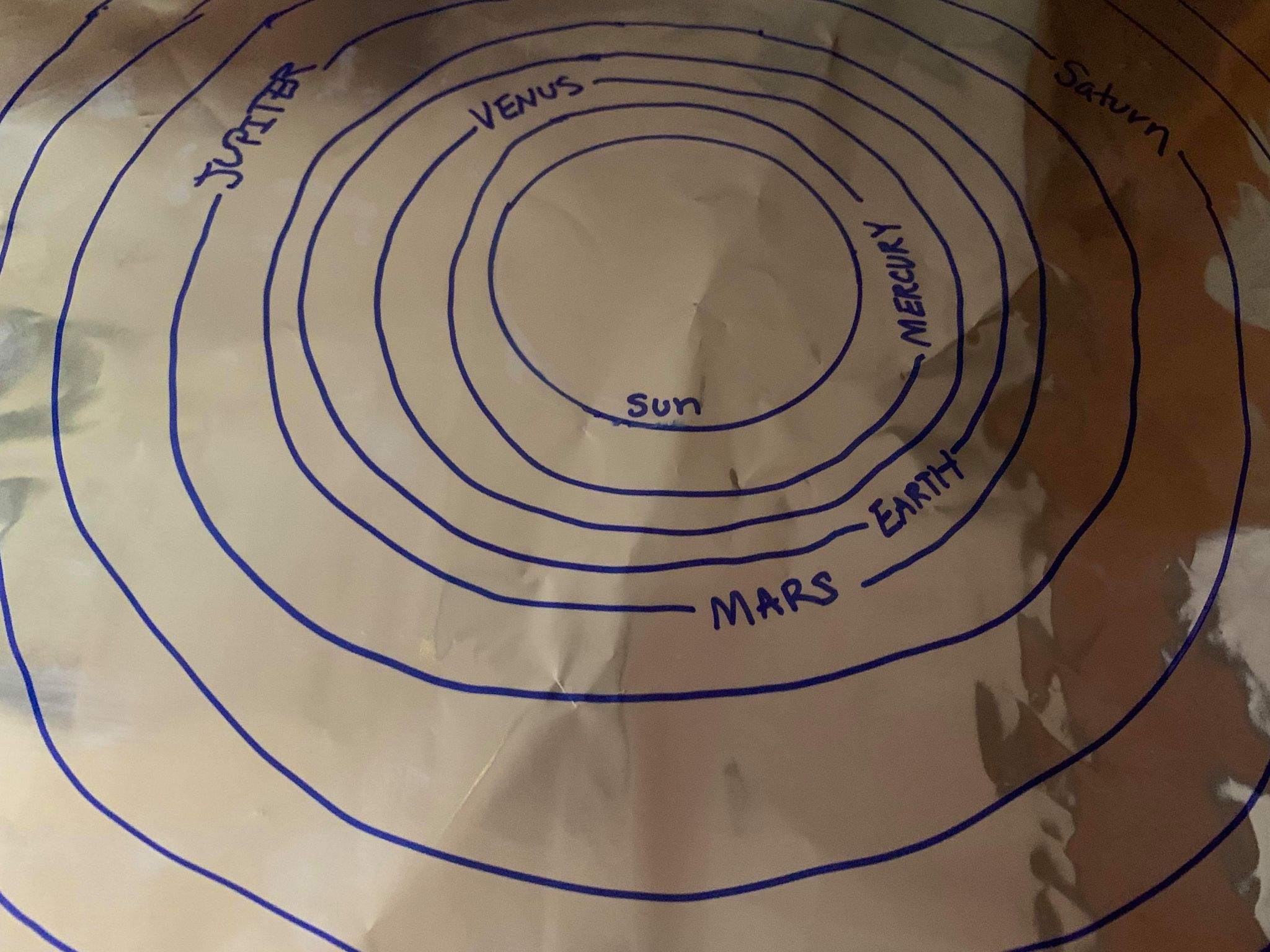
Next is the fun part! We pulled up some pictures of the solar system online for reference and chatted about each planet while my daughter used her hands to create each one with Play-Doh. Though we couldn’t do exactly the right proportional sizes (You can fit a million Earths inside the sun.), I did prompt her to observe the sizes of each planet from the pictures we looked at and think about the size of each one in relation to the others.
We also talked about the colors of each planet and did the best we could to stay true to life there, as well. The keywords are, “the best we could.” I let my daughter be almost entirely responsible for these planets in craft, merely guiding her to look at the pictures and asking her questions about shapes and sizes. As you can see, this craft is not about perfection, but it is about fun and learning!
After she made each planet, I showed her where I’d written the name for that particular planet. Then, she traced her finger around each orbit ring and chose a spot to position each planet. Being able to move the Play-Doh planets around truly gave her a much better sense of how the solar system is in constant motion, which was a big goal!
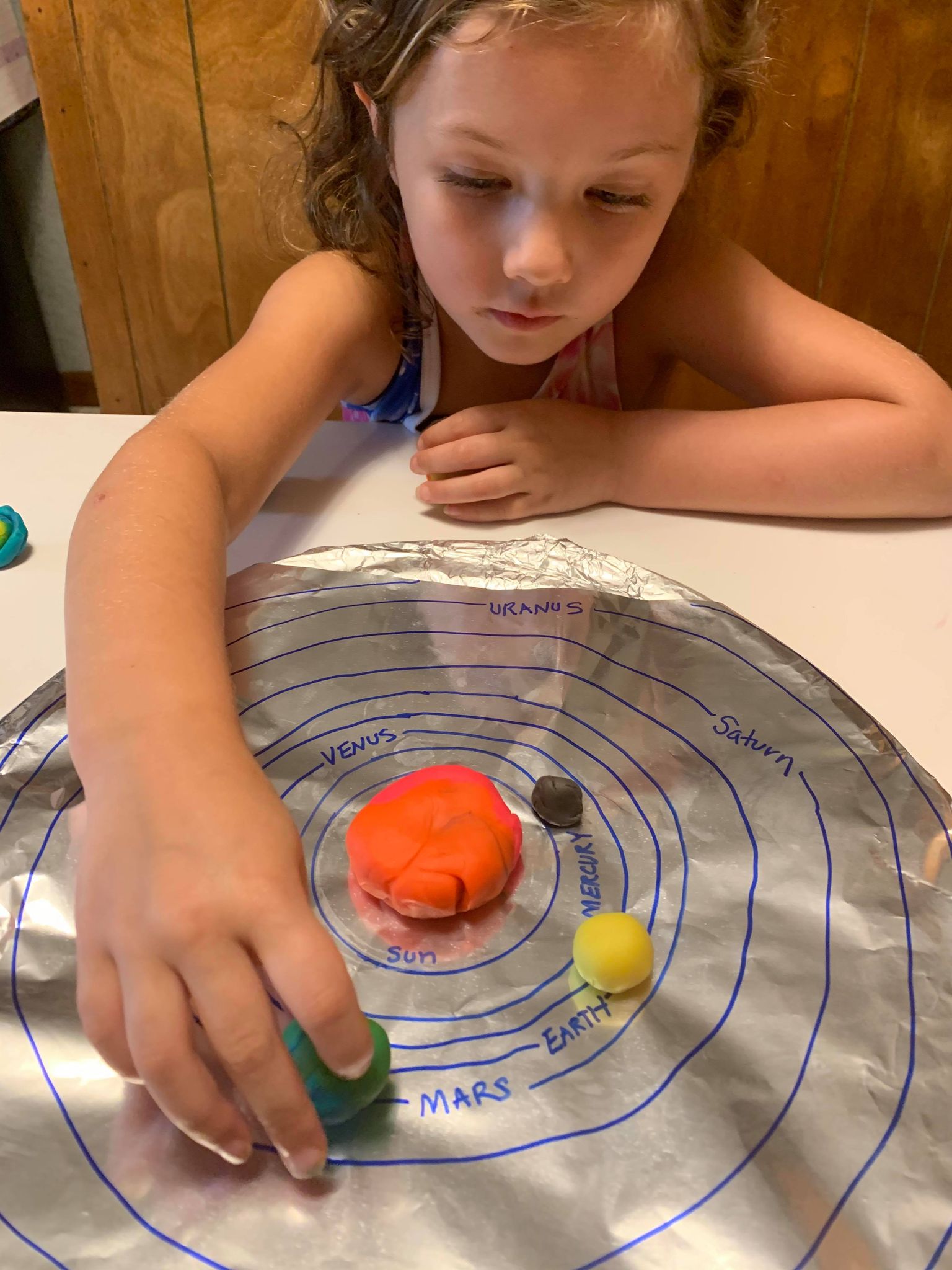
Some Great Resources to Go Along with This Craft
The following resources make a great addition to the above craft, especially when teaching younger children about space!
The Planets by Gail Gibbons
This non-fiction classic has been recently updated to include new space discoveries, but it still has the fun illustrations and easy-to-understand information that you may remember from when you were a kid. This book goes perfectly with the featured solar system craft; you could even read about each planet as your child makes it out of Play-Doh! CLICK HERE to go to Amazon to buy your copy of this book!
There’s No Place Like Space: All About Our Solar System from Cat in the Hat’s Learning Library
This fun, Dr. Suess-y book about the solar system is perfect for teaching little ones about space because they can practice their early reading skills at the same time! CLICK HERE to go to Amazon to buy your copy of this book.
Space Coloring and Copywork Printables for Pre-K – 1st Grade
These printable space-themed pages will give your little learner a chance to practice writing space-related words and coloring in the cute pictures! It’s free on our printable store! (Note: To get yours for free, put 0.00 in where you see the “pay what you can” option.) CLICK HERE to find out more about this printable and download your copy!
Printable Planet Mini-Reports for Elementary Aged Children
These mini-reports are so cool! Your child will get to participate in making his or her own planet “mini book” by filling out and coloring the pages. This one is great for elementary-aged children. (Note: To get yours for free, put 0.00 in where you see the “pay what you can” option.) CLICK HERE to find out more about these planet mini reports and get your own!
Out-of-This-World-Bookmarks
If you are looking for another fun craft for your study of planets, these planet-and-sun bookmarks are amazingly cool! CLICK HERE to find out more about these bookmarks and download your own!
Solar System Notebooking Pages
Notebooking pages are a fun way to teach and learn about the solar system! On our sister site, Hip Homeschool Moms, you’ll find a 20-page digital download that’s perfect for kids of all ages who want to learn more about the solar system. This printable packet includes all the planets plus Pluto and other dwarf planets as well as the sun, moon, and comets. These are beautiful, colorful notebooking pages (But you may also print them in black and white if you’d rather.) that will be sure to interest your children of all ages. The information also includes tips for finding resources to go along with these pages. CLICK HERE to find your own Solar System Notebooking Pages!
How to Homeschool with Coloring Books
If you have a child who enjoys coloring, you can even teach about the solar system with coloring books! (Even children who don’t love coloring may enjoy the My First Book About Outer Space coloring book in this article! And don’t be fooled by the title. This coloring book is actually for kids from about 3rd to 8th grades, though younger children could enjoy it with some guidance.) This article includes information about using coloring books to teach on the solar system and also topics such as the human body, the brain, weather, Vikings, Norse gods and goddesses, medieval castles and knights, and more! CLICK HERE to go to this article!
Hands-On Mission to Mars Activities
Or maybe you and your children would enjoy your own “Hands-On Mission to Mars”? This article shares all kinds of ways to play, eat, read, and experiment to find out more about Mars! CLICK HERE to learn how to conduct your own Hands-On Mission to Mars!



